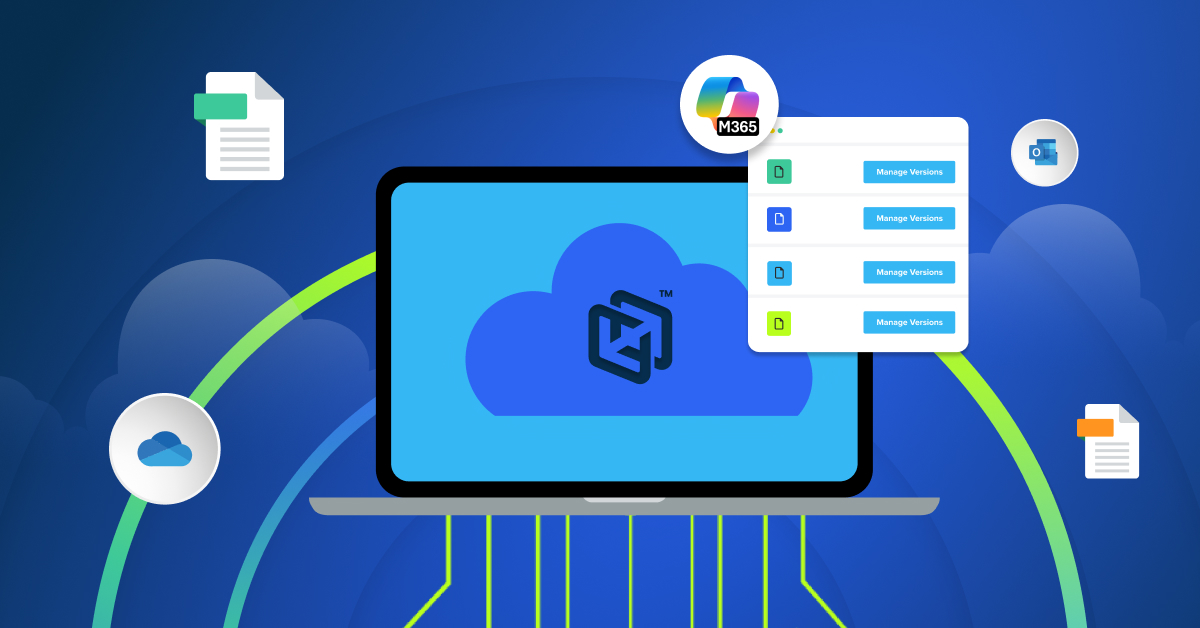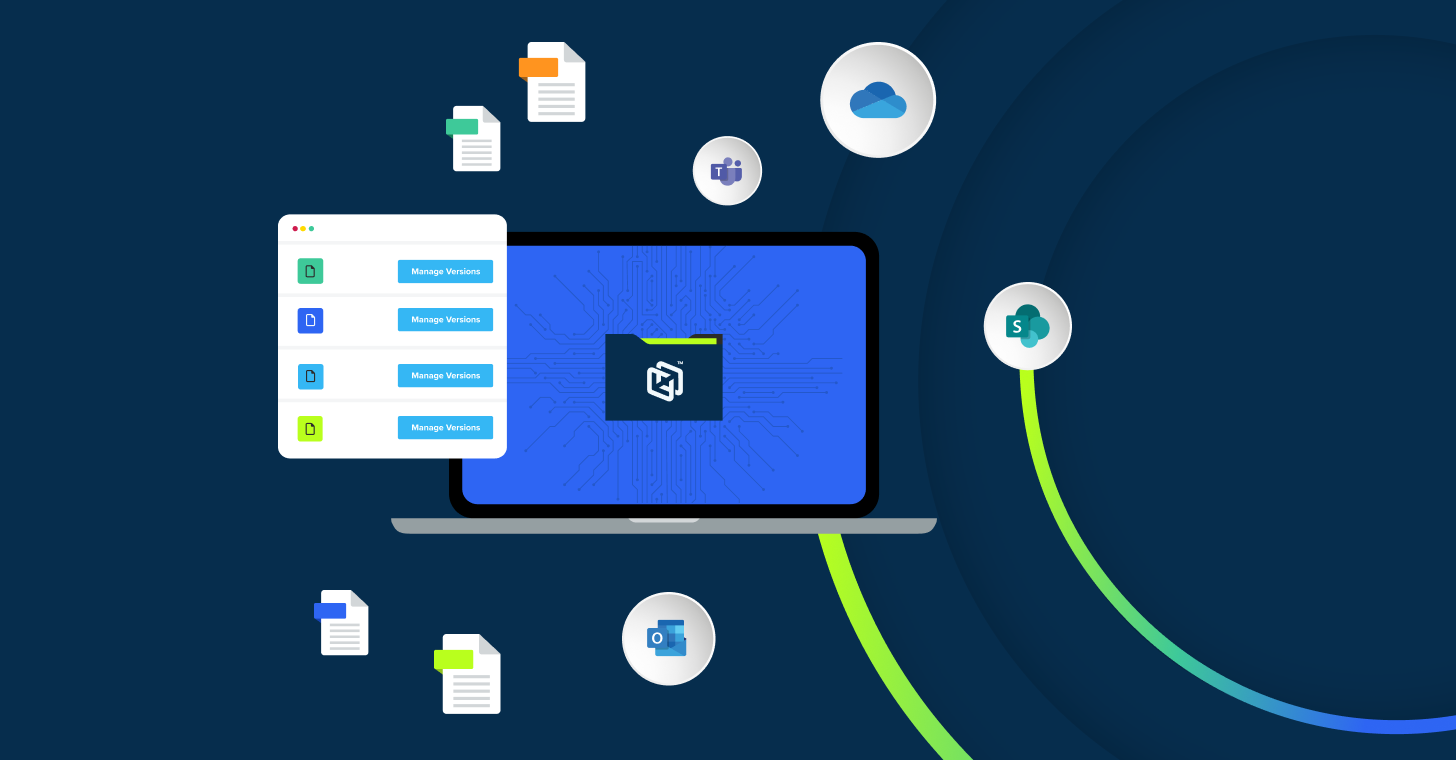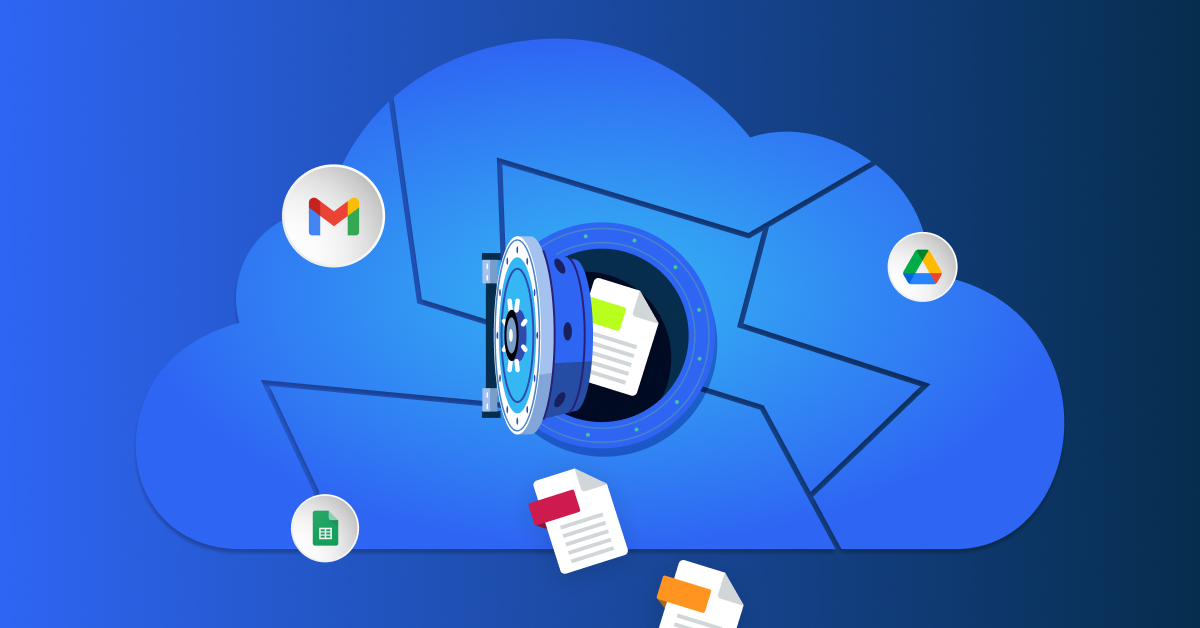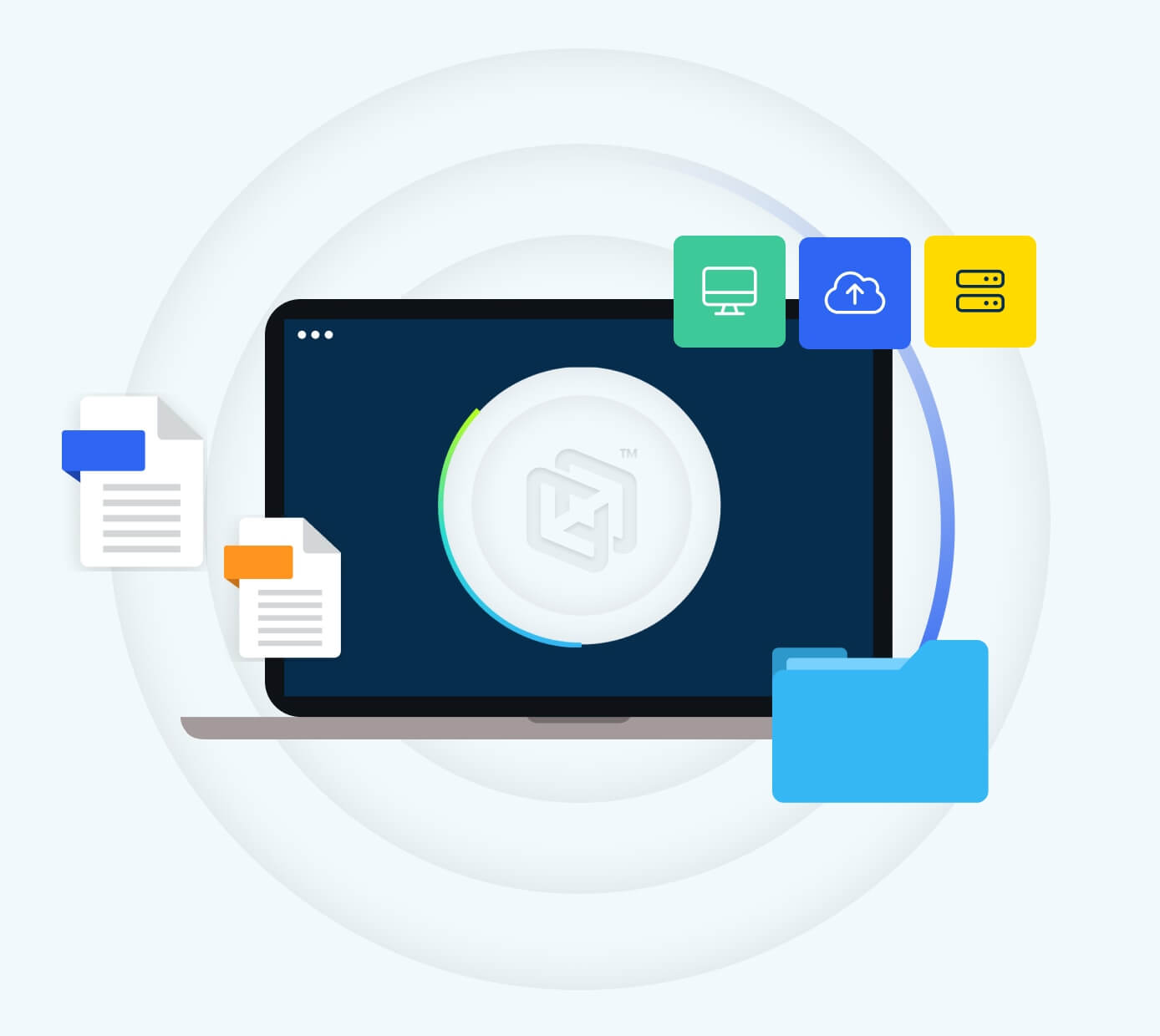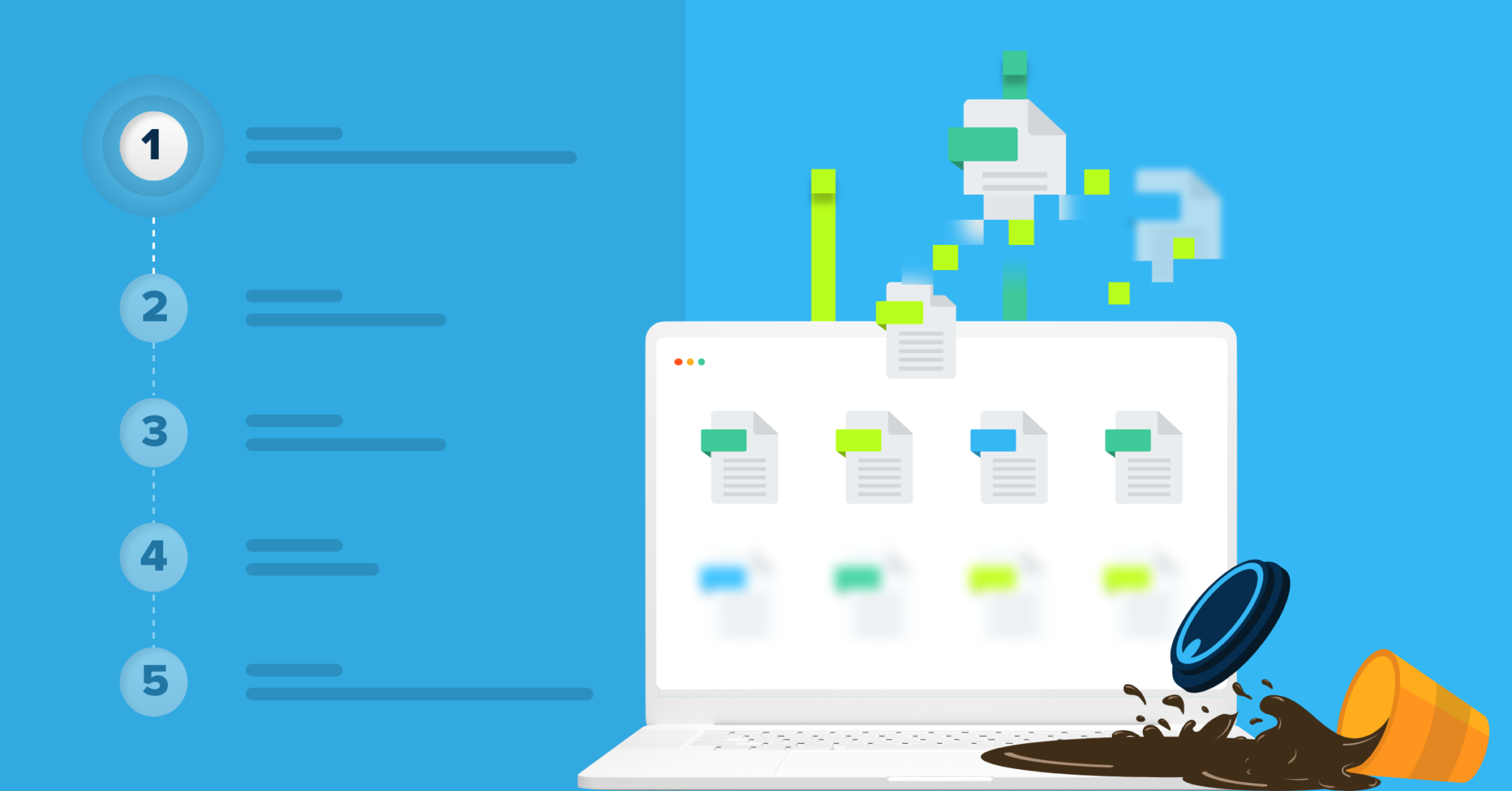
While more commonly used for businesses, disaster recovery plans are also crucial for any individual who has a large library of files that need to be backed up. Whether you produce a podcast, store lots of pictures, edit videos, or keep essential documents on personal devices, a personal disaster recovery plan can safeguard you against data loss. As you try to protect your files from a disaster that could wipe them from your device, you’ll want to know what disaster recovery plans are and their primary benefits.
What Is a Personal Disaster Recovery Plan?
A personal disaster recovery plan refers to a few processes designed to ensure an individual can recover files lost after an unforeseen or foreseen circumstance. For example, natural disasters, malware, and equipment failure can all result in lost data that isn’t recoverable if the files aren’t backed up elsewhere. Personal disaster recovery plans help individuals guard against these dangers by ensuring their files are backed up appropriately and stored in a secure location.
Typically, personal disaster recovery plans will follow the 3-2-1 backup rule. This rule refers to the practice of keeping three copies of files on two media types, with one of the file copies stored in a secure offsite location. In practice, you might keep one copy of a file on your computer, a second on an external hard drive (such as a flash drive), and the third file stored in a cloud backup provider’s secure offsite servers.
What Should I Include in a Personal Disaster Recovery Plan for Data?
As you create a disaster recovery plan, you can follow a checklist to ensure your data is properly guarded against danger. Review the top steps for creating a personal disaster recovery plan below:
- Make a list of all the devices you need to back up to make sure you don’t neglect an important device.
- Evaluate how much backup space you’ll need to protect your data, as this will guide what external hard drives you purchase and the cloud backup provider you sign up for.
- Follow the 3-2-1 backup rule by ensuring you have copies of your files on both an external hard drive and in a provider’s secure cloud.
- If you keep sensitive data subject to regulations on a personal device, check that your cloud backup provider’s backup practices fit those regulations.
- Test that you can properly recover files using your external hard drives and the cloud backup provider before a disaster occurs.
- Update your personal disaster recovery plan if you start using a new personal device that you want to back up.
What Are the Benefits of a Personal Disaster Recovery Plan for Data?
If you’re still on the fence about whether you need a personal disaster recovery plan, you’ll likely want to know how it can benefit you. Learn more about the top four advantages of personal disaster recovery plans below:
- Reduced risk of data loss: With a personal disaster recovery plan, you’ll significantly reduce the chance of data loss. Since you’ll have your files stored in two locations with one of the copies stored offsite, malware, equipment failure, and natural disasters are no match for your data protection efforts. When a disaster strikes and causes you to lose a copy of your files, you can quickly restore another copy to a device.
- Decrease the chance of financial and productivity losses: If you have a side hustle that requires you to save files on your devices, a data loss disaster could result in major financial losses. Fortunately, a disaster recovery plan ensures your data is backed up in multiple locations. Since one copy will be located offsite, you can recover any files and prevent financial losses that could come from lost data. Plus, recovering files prevents productivity losses associated with rebuilding lost work.
- Greater protection for sentimental or sensitive data: If you don’t have a side hustle but have sensitive personal data or sentimental files on your device, a disaster recovery plan helps protect them. By following the 3-2-1 backup rule in your plan, pictures, videos, and other important documents, such as automobile, home, and healthcare-related files, will be stored in a safe offsite location. If a natural disaster destroys your computers or an equipment failure bricks your external hard drive, you’ll still have a copy of these files safe in another location.
- Improved defense against ransomware: While cloud backup solutions and disaster recovery plans don’t prevent ransomware, they guard you against the temptation of paying the hackers and prevent you from losing your files. In a ransomware attack, the hacker will infect your device and hold your data for ransom. Even if you pay it, there’s no guarantee you’ll get your files back. With a cloud backup solution in your corner, you can remove the ransomware from your device and then restore your files from the cloud without ever feeling the temptation to pay a ransom.
Choose CrashPlan for Personal Use Cloud Backup Solutions
At CrashPlan, we’re proud to offer cloud backup solutions for businesses and individuals. Since cloud backup solutions are an essential component of following the 3-2-1 backup rule, we’ve designed our endpoint backup solutions to give you an easy, secure, and efficient way to store your files offsite. When you use our cloud backup solution, CrashPlan will backup your files every fifteen minutes without impacting system resources. We offer a variety of plans, including a tiered-data plan at a lower price point (CrashPlan Essential) and an unlimited data plan for power-users and small businesses (CrashPlan Professional).
Ready to try it out? Start your free trial today.
Learn more about CrashPlan Essential


